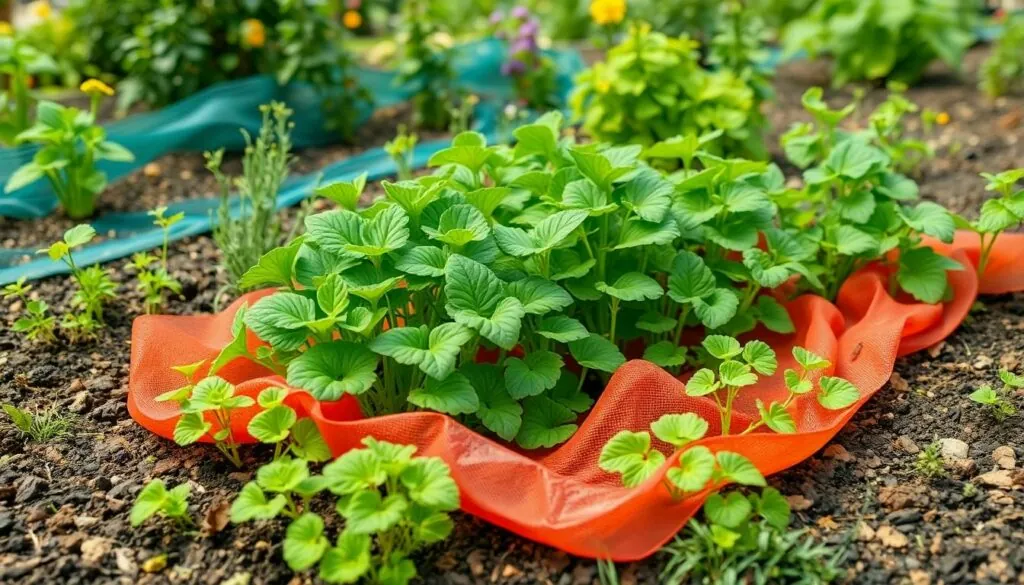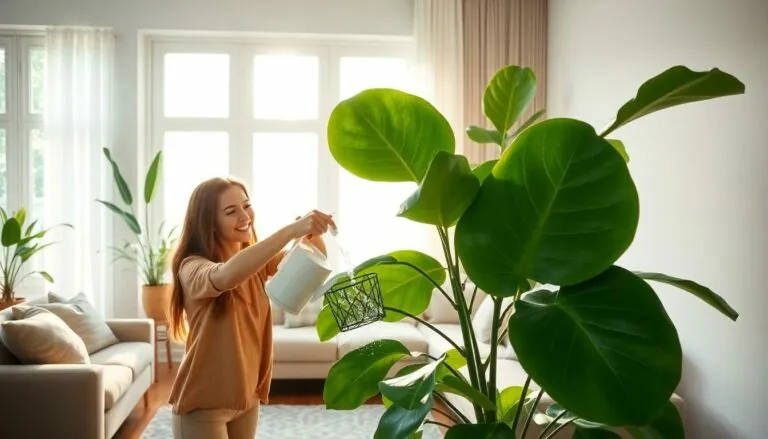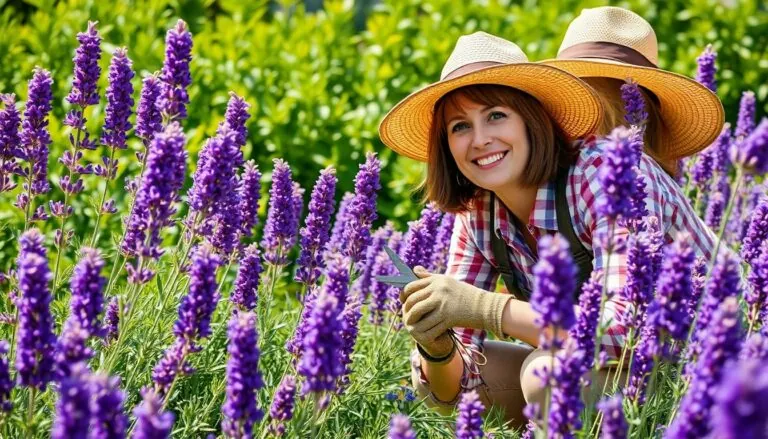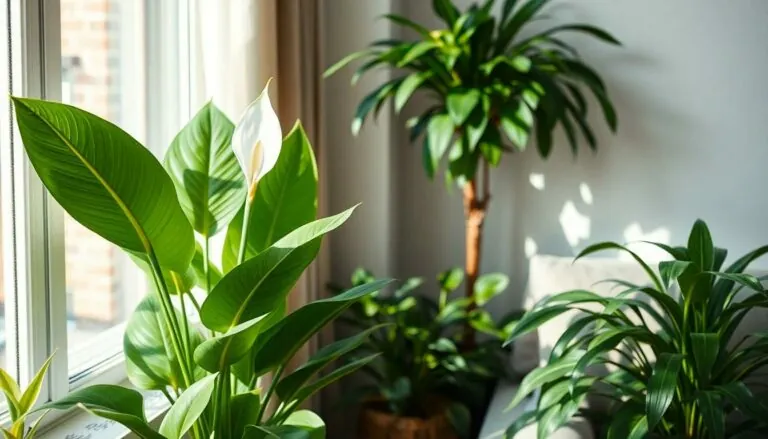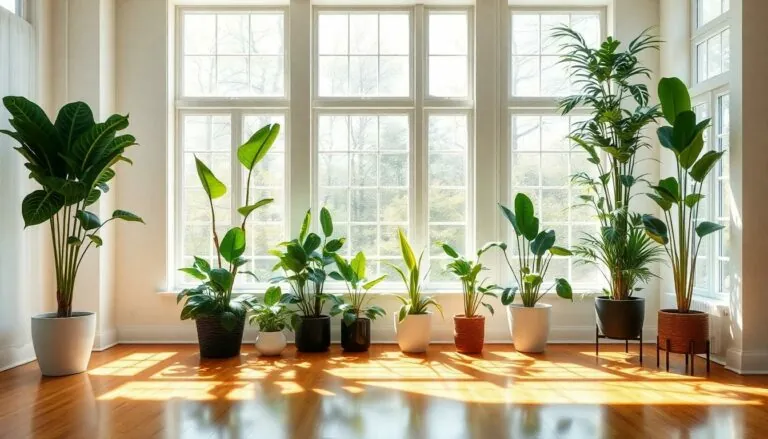Table of Contents
ToggleGardening fabric might not sound like the most thrilling topic, but it’s like the unsung hero of the garden world. Picture this: a magical barrier that keeps pesky weeds at bay while letting your beloved plants breathe and thrive. It’s like giving your garden a superhero cape!
Overview of Gardening Fabric
Gardening fabric serves as a protective barrier for gardens. This material effectively prevents weeds from invading growth areas. Air and moisture can still penetrate through, ensuring plants receive essential nutrients. The unique structure of gardening fabric allows for both filtration and drainage, creating an optimal environment for root development.
Various types of gardening fabric exist. Landscape fabric, commonly used for weed control, offers durability in various weather conditions. Garden cloth provides more flexibility and is ideal for covering delicate plants in cooler months. Each type serves specific gardening needs while contributing to overall plant health.
Using gardening fabric also simplifies maintenance tasks. Heavier fabrics reduce the frequency of weeding and mulching. Gardeners notice a decrease in time spent managing invasive species, allowing them to focus on enhancing plant growth. Many find that investing in high-quality gardening fabric pays off through reduced labor and improved garden aesthetics.
Not all gardening fabrics are the same. Some are permeable, while others provide more substantial protection against pests. Gardeners should consider their climate and plant types when selecting fabric to maximize effectiveness. Choosing the right gardening fabric helps ensure a thriving and healthy garden ecosystem while promoting successful plant growth.
Overall, understanding the properties and uses of gardening fabric aids in making informed decisions. These materials play a crucial role in modern gardening practices, contributing significantly to sustainable gardening approaches.
Benefits of Using Gardening Fabric
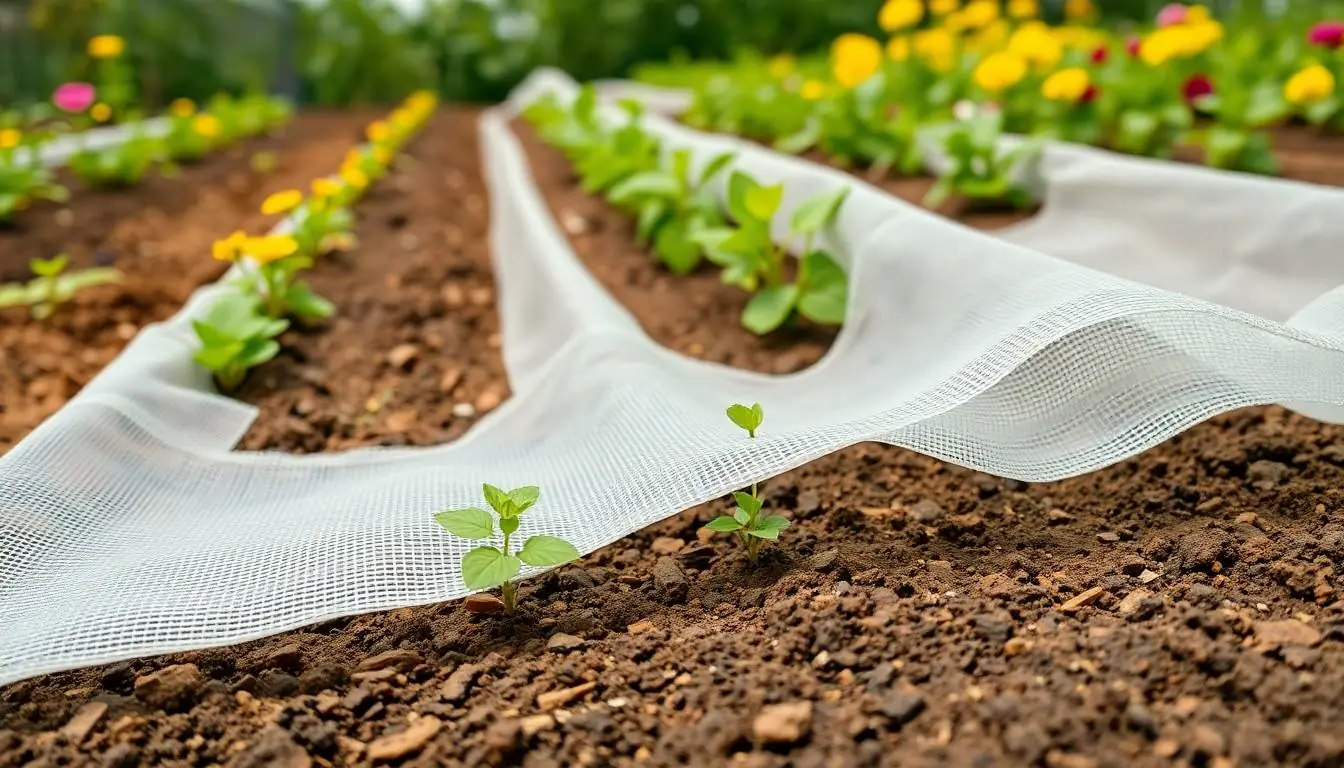
Gardening fabric offers numerous advantages that enhance garden health and maintenance. It serves as an effective solution for various gardening challenges.
Weed Control
Weed control stands as one of the primary benefits of gardening fabric. This material acts as a barrier that prevents weeds from germinating and spreading. By blocking sunlight, gardening fabric discourages weed growth while allowing air and moisture to pass through. Properly installed fabric ensures minimal disruption to the existing soil and plant roots. This efficient weed management reduces the time spent on manual weeding. Overall, gardeners notice increased plant vitality when relying on gardening fabric for weed suppression.
Soil Moisture Retention
Soil moisture retention significantly improves with gardening fabric. This material helps maintain consistent moisture levels by preventing excessive evaporation. In addition, it allows water to permeate, ensuring that plant roots receive adequate hydration. Gardeners observe that soil remains damp longer, even during hot weather. Using gardening fabric leads to reduced irrigation frequency, promoting water conservation. Ultimately, healthier plants thrive in well-moistened soil environments.
Temperature Regulation
Temperature regulation occurs effectively with gardening fabric in use. This material insulates the soil, protecting plant roots from extreme heat and cold. When temperatures drop, fabric retains warmth, promoting root development. Conversely, during hot spells, it helps keep soil cooler, reducing heat stress. Gardeners often use fabric to create a more stable microclimate for plants. An optimized temperature environment contributes to overall plant health and productivity.
Types of Gardening Fabric
Gardening fabrics come in various types, each designed for specific purposes to enhance plant growth and garden maintenance.
Landscape Fabric
Landscape fabric stands out for its durability and effectiveness in controlling weeds. This type of fabric typically consists of tightly woven polypropylene or polyester. It allows air and water to permeate while blocking sunlight, preventing weed germination. Many gardeners use landscape fabric in perennial beds and pathways, appreciating its longevity. With proper installation, it can last several years, making it a cost-effective solution for weed management.
Burlap
Burlap serves multiple functions in the garden, known for its versatility and eco-friendliness. Made from jute or hemp fibers, this biodegradable fabric provides excellent protection for delicate plants during harsh weather. Many gardeners utilize burlap for winter insulation, wrapping shrubs and perennials to shield them from frost. Additionally, burlap works well for erosion control, allowing water to drain while keeping soil in place.
Shade Cloth
Shade cloth offers a solution for gardening in sunny or hot climates. This fabric comes in various percentages of shading, suitable for different plant needs. Many gardeners select shade cloth to protect sensitive plants from extreme sun exposure. It reduces heat stress, helps maintain soil moisture, and regulates temperature in the garden. Extending growing seasons is also possible, making shade cloth an essential asset for summer gardening.
How to Use Gardening Fabric Effectively
Using gardening fabric correctly enhances its benefits and prolongs its effectiveness. Understanding installation and maintenance techniques significantly improves garden quality.
Installation Tips
Choosing the right location for the fabric matters. Clear the area of debris and weeds before laying down the material. Cut the gardening fabric to fit the designated space without overlapping edges. Secure it with landscape fabric staples to prevent movement caused by wind or heavy rain. Overlap seams slightly if using multiple pieces to ensure no gaps for weeds to sneak through. Cover the fabric with mulch or decorative stones for added protection and aesthetics. This step helps maintain moisture while providing extra stability.
Maintenance and Care
Regular checks help maximize gardening fabric performance. Inspect for tears and wear before the growing season begins. Clean the fabric by removing debris, leaves, or weeds that accumulate on top. Repositioning the fabric after plants outgrow it ensures continued efficiency. Every few seasons, consider replacing the fabric, especially if it shows significant signs of deterioration. Monitor moisture levels to prevent waterlogging, as soil management is critical for plant health. Following these maintenance steps guarantees a thriving garden throughout the growing cycle.
Environmental Impact of Gardening Fabric
Gardening fabric significantly affects the environment, influencing both soil health and plant growth. Many types of gardening fabric, including permeable options, allow for efficient water drainage while preventing erosion. Ecosystem sustainability benefits as the soil retains moisture, reducing irrigation needs and conserving water resources.
Some fabrics are made from organic materials, minimizing the introduction of harmful chemicals into the soil. Eco-friendly gardening fabrics often decompose over time, adding organic matter back into the ground. Additionally, using these sustainable options contributes to reducing greenhouse gas emissions associated with synthetic materials.
Reduced weed growth results in less reliance on chemical herbicides, enhancing ecological balance. Effective weed control preserves beneficial insects, maintaining a healthy garden ecosystem. Plants thrive in an environment less disrupted by invasive species, creating a more robust microhabitat.
Soil temperature regulation plays a crucial role in supporting diverse plant life. Gardening fabric helps to insulate soil, protecting roots from extreme climatic conditions. Consistent temperatures foster healthier plants, enhancing biodiversity in garden environments.
Problems associated with non-biodegradable fabrics arise when they break down into microplastics, potentially contaminating the soil. Gardeners should choose materials wisely to minimize long-term environmental impact. The longevity of gardening fabric varies, emphasizing the need to select durable yet eco-conscious options.
Gardening fabric contributes positively to the garden ecosystem when chosen correctly. Long-term benefits stem from improved soil health, reduced chemical usage, and enhanced water conservation and biodiversity, aligning with sustainable gardening practices.
Gardening fabric is more than just a protective layer; it’s a vital component of successful gardening. By selecting the right type of fabric and employing effective installation techniques, gardeners can significantly enhance plant health and simplify maintenance. The benefits extend beyond weed control to include improved soil moisture retention and temperature regulation.
Choosing eco-friendly options ensures that gardening practices remain sustainable while promoting a healthy ecosystem. With proper care and attention, gardening fabric can transform any garden into a thriving paradise, allowing plants to flourish and gardeners to enjoy their efforts with less hassle. Embracing this tool is a step toward creating a more efficient and environmentally friendly gardening experience.

